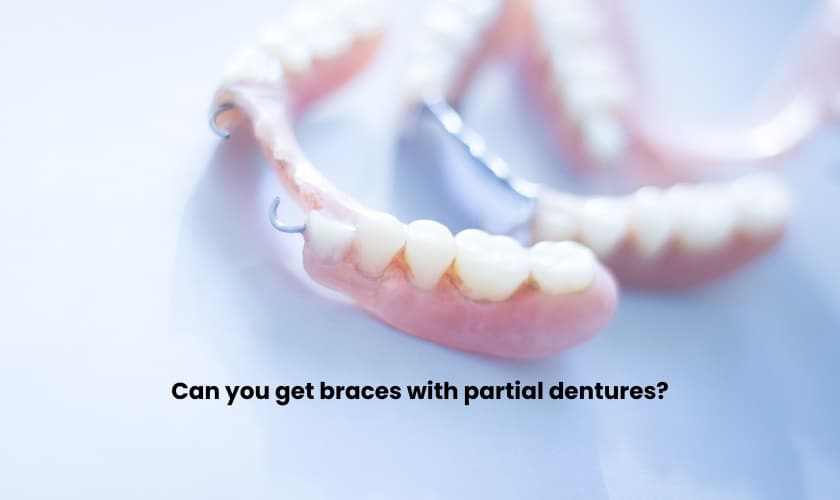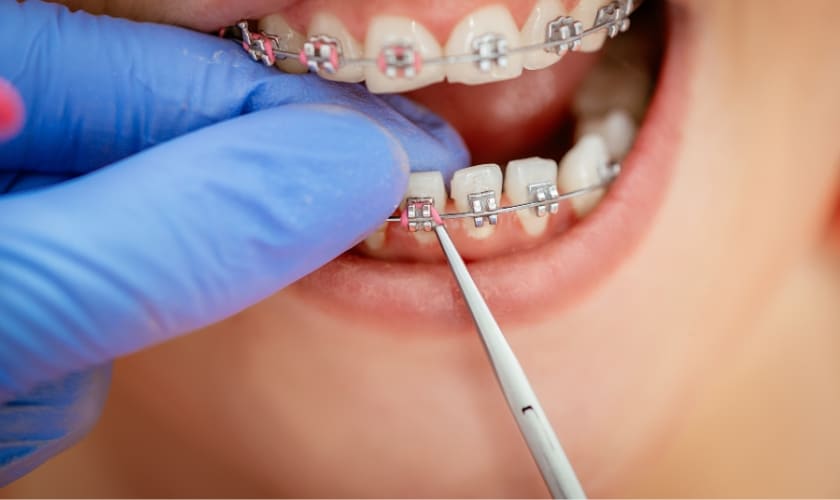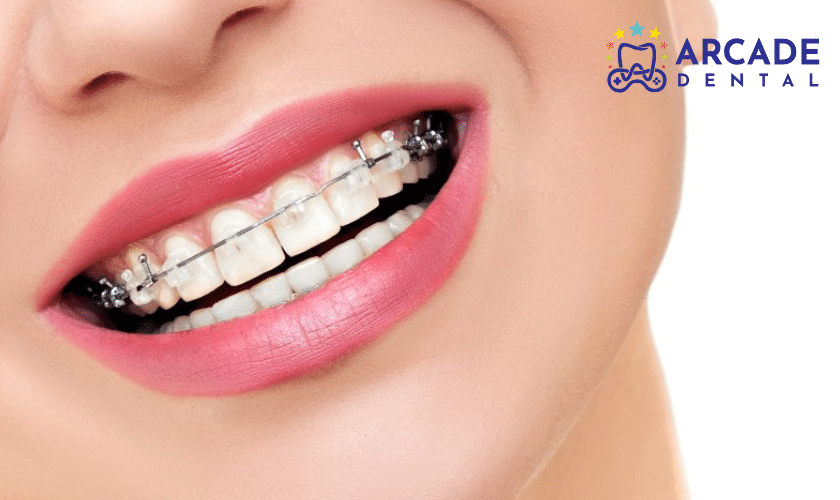
Braces are the dental equivalent of a fashion faux pas straight out of the 80s. Metal brackets, those horrifying rubber bands, and the constant threat of getting food stuck in your “train tracks” – not exactly a recipe for a Hollywood smile (unless you’re auditioning for a remake of ‘E.T.’). Just like that one wonky picture frame in your living room that just won’t hang straight, crooked teeth have a knack for standing out in a not-so-flattering way. But the good thing is, achieving a dazzling grin doesn’t have to involve a mouth full of metal. So, ditch the flashbacks to middle school lunchrooms and discover if crooked teeth can be fixed without the dreaded metal contraptions known as braces, through this blog on ‘how to fix crooked teeth without braces’.
Understanding The Concept of Crooked Teeth
Crooked teeth, or malocclusion, can result from various factors, including genetics, childhood habits like thumb-sucking, tooth loss, or overcrowding in the mouth. Crooked teeth not only affect the aesthetics of your smile but can also lead to oral health issues such as difficulty in cleaning teeth properly, increased risk of tooth decay and gum disease, and jaw pain. Also, crooked teeth can be a source of self-consciousness and dissatisfaction with one’s smile. While traditional braces are a well-known solution for straightening teeth, many individuals may seek alternative methods to achieve a straighter smile without the inconvenience and appearance of metal braces.
Braces got you feeling blue? Teeth Straightening Solutions lies Beyond Braces
Here’s a breakdown of popular alternatives on how you can fix crooked teeth without braces, each catering to different needs and levels of misalignment:
- Invisible Aligners (Clear Aligners): These clear, removable trays have revolutionized smile correction. They work by gently applying pressure to your teeth, gradually shifting them into alignment with each new aligner in the series. They offer a near-invisible aesthetic, making them a popular choice for adults and teenagers who want a discreet and comfortable option.
- Clear Retainers: While primarily used to maintain alignment after orthodontic treatment, clear retainers can sometimes be used for mild to moderate misalignment. They work by gently holding your teeth in place, encouraging them to settle into their desired positions. However, their effectiveness is limited compared to invisible aligners that actively move teeth.
- Tooth Bonding: This technique uses a tooth-colored resin to reshape or close gaps between teeth. It’s a quick and relatively painless procedure, but it’s best suited for minor corrections and might not be as durable as other options for significant misalignment.
- Dental Veneers: These thin shells of porcelain or composite resin are custom-made to fit the front surface of your teeth. They can address a variety of cosmetic concerns, including chips, cracks, discoloration, and mild misalignment. Veneers offer a long-lasting solution and can dramatically improve your smile’s aesthetics.
- Removable Partial Dentures: For those with missing teeth that contribute to misalignment, removable partial dentures can be a good option. These custom-made prosthetics fill in the gaps and can help realign surrounding teeth. However, they require careful cleaning and maintenance to ensure hygiene and comfort.
Factors to Consider While Choosing an Alternative for Crooked Teeth
- Severity of Misalignment: The best alternative depends on the degree of misalignment. Invisible aligners and clear retainers are suitable for mild to moderate cases, while veneers or bonding might be sufficient for minor corrections.
- Desired Level of Discreetness: Invisible aligners are nearly invisible, making them a popular choice for adults seeking a discreet solution.
- Treatment Time: Invisible aligners and tooth bonding usually take longer than veneers, but removable partial dentures may require the least treatment time.
- Cost: The cost of treatment varies depending on the chosen method and the complexity of the case.
What To Expect In This ‘Crooked Journey?’
No matter which alternative you choose, here’s a general idea of what to expect on your journey to a straighter smile:
- Consultation: Discuss your goals and concerns with your dentist. They will assess your teeth, recommend the most suitable option, and create a personalized treatment plan.
- Treatment: The specific procedures will vary depending on the chosen method. However, most alternatives involve multiple visits for adjustments, monitoring, and ensuring your smile progresses seamlessly.
- Retention: Following treatment, some methods might require retainers to maintain your new, aligned smile.
In conclusion, it’s clear that while traditional braces remain a reliable method for straightening crooked teeth, non-brace solutions offer viable alternatives for individuals seeking a more discreet or convenient option. Clear aligners, dental veneers, dental bonding, retainers, and orthodontic appliances provide effective means of addressing mild to moderate cases of malocclusion. However, it’s essential to consult with a qualified dentist or orthodontist before you opt to fix crooked teeth without braces. They serve the most suitable treatment option out there, based on individual needs, preferences, and oral health considerations. With the right approach and professional guidance, achieving a straighter, more confident smile is within reach, whether with braces or without.




